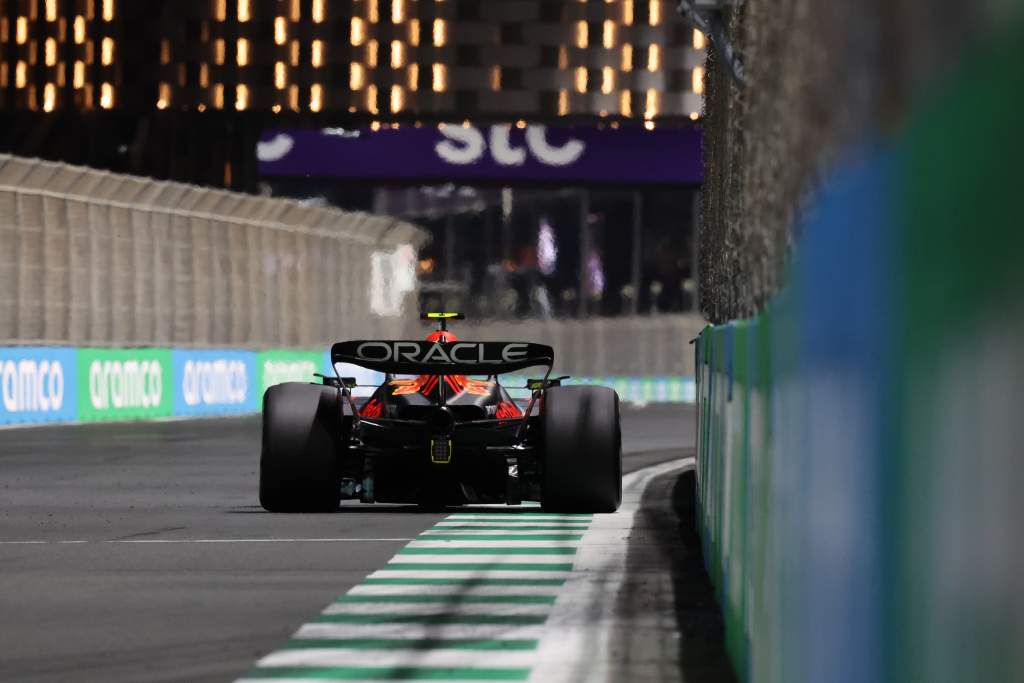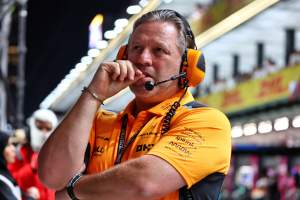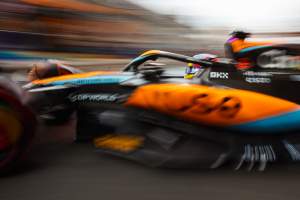Up Next

As our contributors continue to pick their highlights from The Race's 2023 content, Mark Hughes selects Gary Anderson's in-depth explanation of part of the Red Bull package that made its RB19 Formula 1 car devastatingly fast early on in the season.
I always appreciate the way Gary Anderson's eye picks up on the important differentiating details on the cars which may be at the heart of why one is working better than another. You know when he says it, it comes from decades of in-the-field experience and of still being absolutely immersed in the sport to which he's devoted his life.
For me, a great example was his breakdown of why he believed the Red Bull's DRS was so much more effective than everyone else's early in the season.
The straightline speed of the Red Bull RB19, particularly with the DRS open, was a big talking point at Formula 1’s Saudi Arabian Grand Prix. As Lewis Hamilton put it, “I don’t know why or how, but he came past me with serious speed”.
The DRS, which I’m no fan of because I want to see racing being racing, often makes it impossible to defend so it’s no surprise Hamilton was amazed when Max Verstappen breezed past him carrying a speed advantage of 33-34km/h on the run to Turn 1 during the race. That’s led some to question whether Red Bull might be doing something sneaky to achieve this, but it’s all just part and parcel of having a very efficient car.
It’s not only the DRS being open that gives it that big advantage, it’s the detail of the complete package that forms the foundation of a very efficient car.
The detail of the ends of the flap where it curves around into the endplates (red ellipse) is also quite different to Mercedes. Red Bull doesn’t have any sharp corners that would generate vortices on the trailing edge of the endplates.
Also, the slot gap detail (yellow highlight) on the small outer section of the flap that doesn’t open is also quite sympathetic to that rear wing corner flow, as is the chord length of the actual flap in that area (blue double arrow).
The Mercedes and the Ferrari also have a slot gap separator (green arrow) closing the end of that short section of slot gap when the DRS is open. This means that small section of wing will be producing more downforce, and with it drag, when the DRS is open and that is just at a time when you want to get rid of as much of that drag as is physically possible.
In the wet, we used to see huge vortices coming off that outer corner. All this detail is to reduce those vortices, which will improve the efficiency of the complete car – DRS open or not.
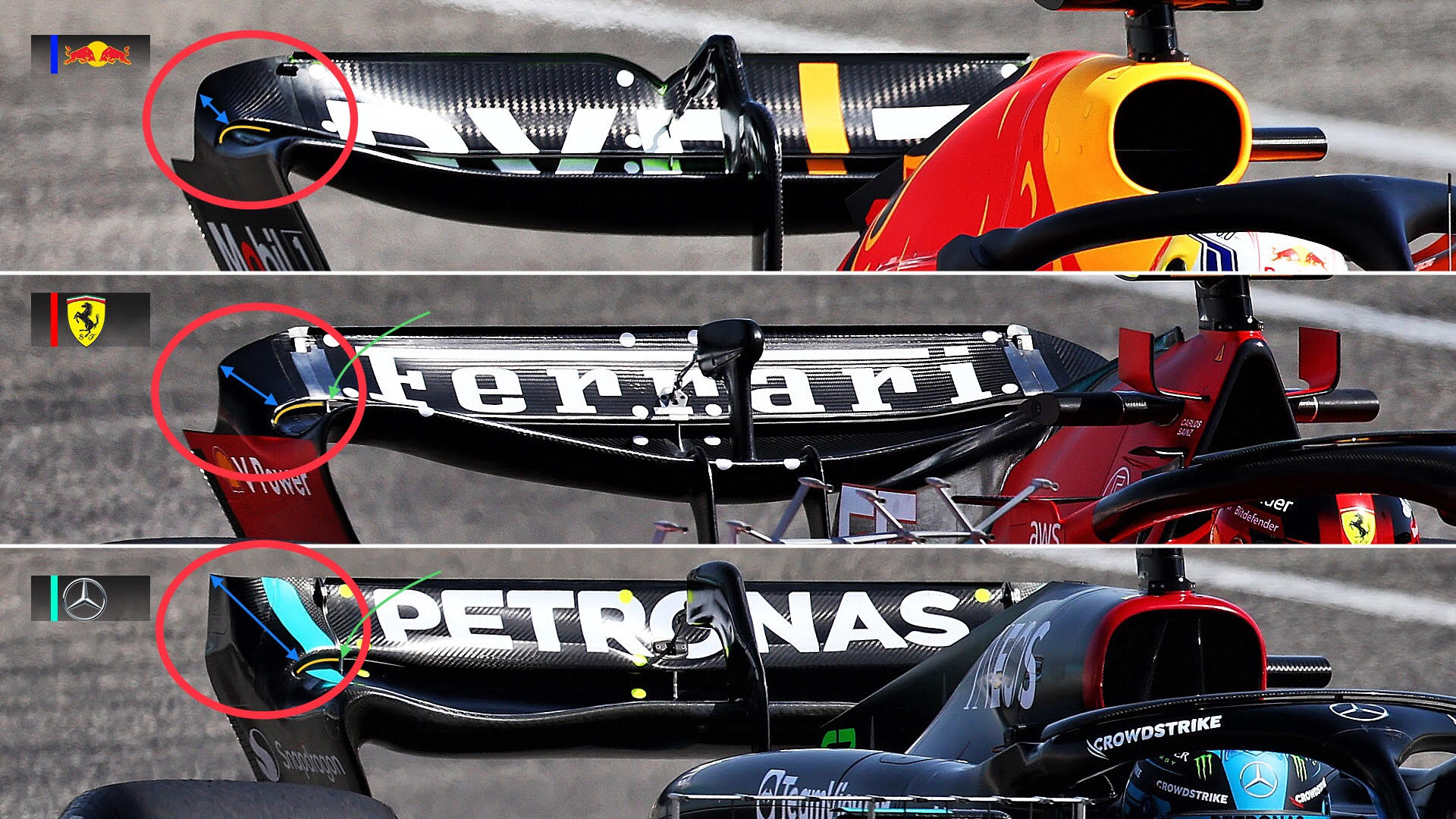
F1’s technical regulations allow the slot gap between the upper flap and the mainplane of the rear wing to be opened to 85mm. The drag reduction that would normally give you would equate to something like 15-18km/h of extra speed, or perhaps as much as 20km/h in an extreme case. So the Red Bull advantage is massive.
But the DRS has been part of F1 since 2011 so you have to conceive your car with it in mind. If you look at the beam wing design, Red Bull generally runs a more aggressive secondary flap on its beam wing. That’s been a trend of its cars since the ground effect rules were introduced, this initial image is a comparison from earlier in the season.
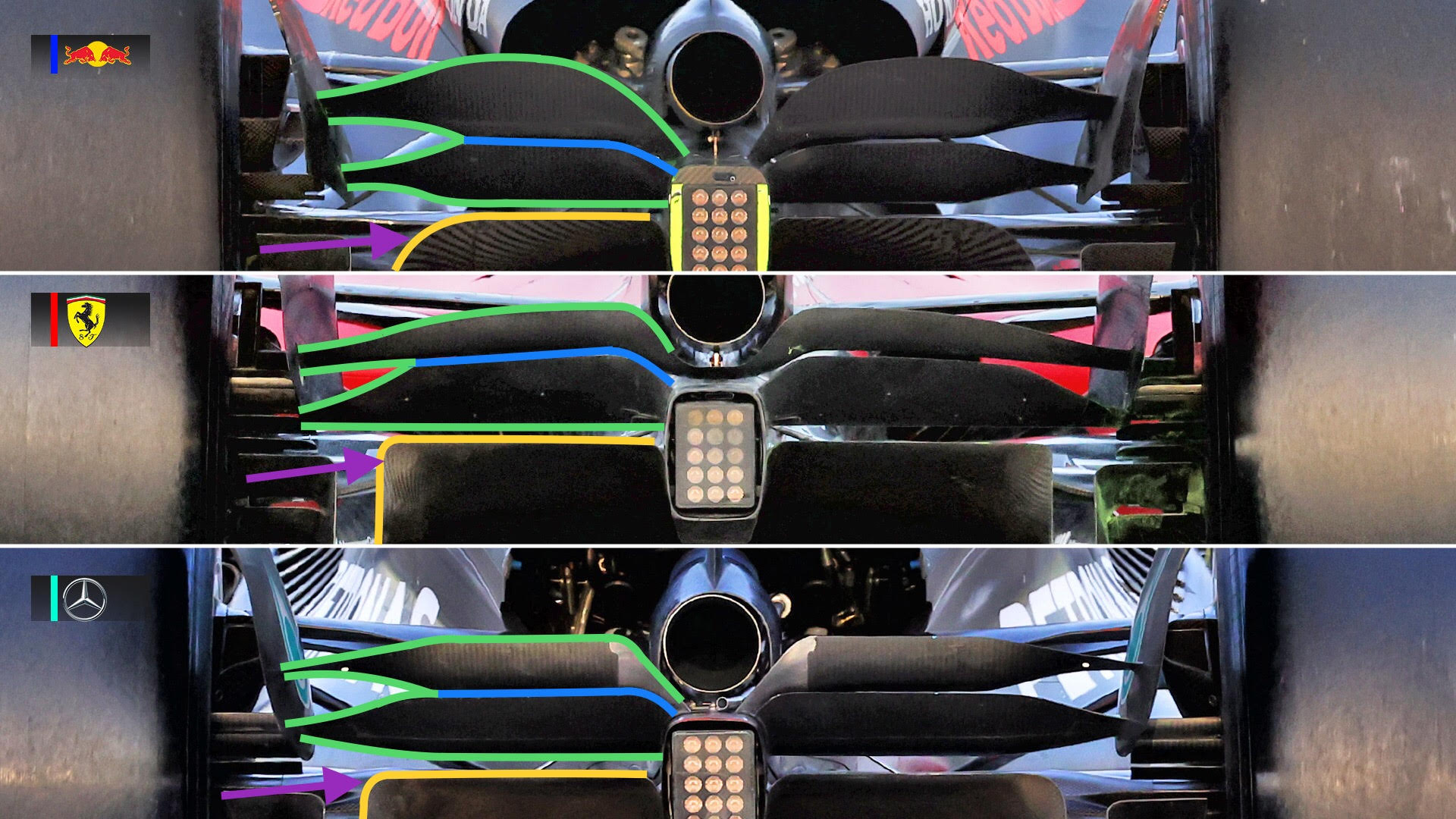
That aggressive beam wing relies on the airflow generated by the upper wing when the DRS is closed to keep the flow attached on the beam wing.
The airflow coming from the rear of the car needs to be looked at as one. You can see when it is wet how the spray is turned upwards. In theory, you are pulling that flow away from the track surface. If the diffuser, beam wing and upper wing all, as I call it, ‘talk to each other’ then they are much more powerful than if they worked individually.
When the DRS is open, the turning moment on the airflow from this component is reduced and therefore the beam wing stalls as a result. That will, in turn, stall the rear of the underfloor.
To say it stalls is a very loose word. Basically, it reduces its potential to produce downforce and if this is managed in the correct way it will also reduce the drag.
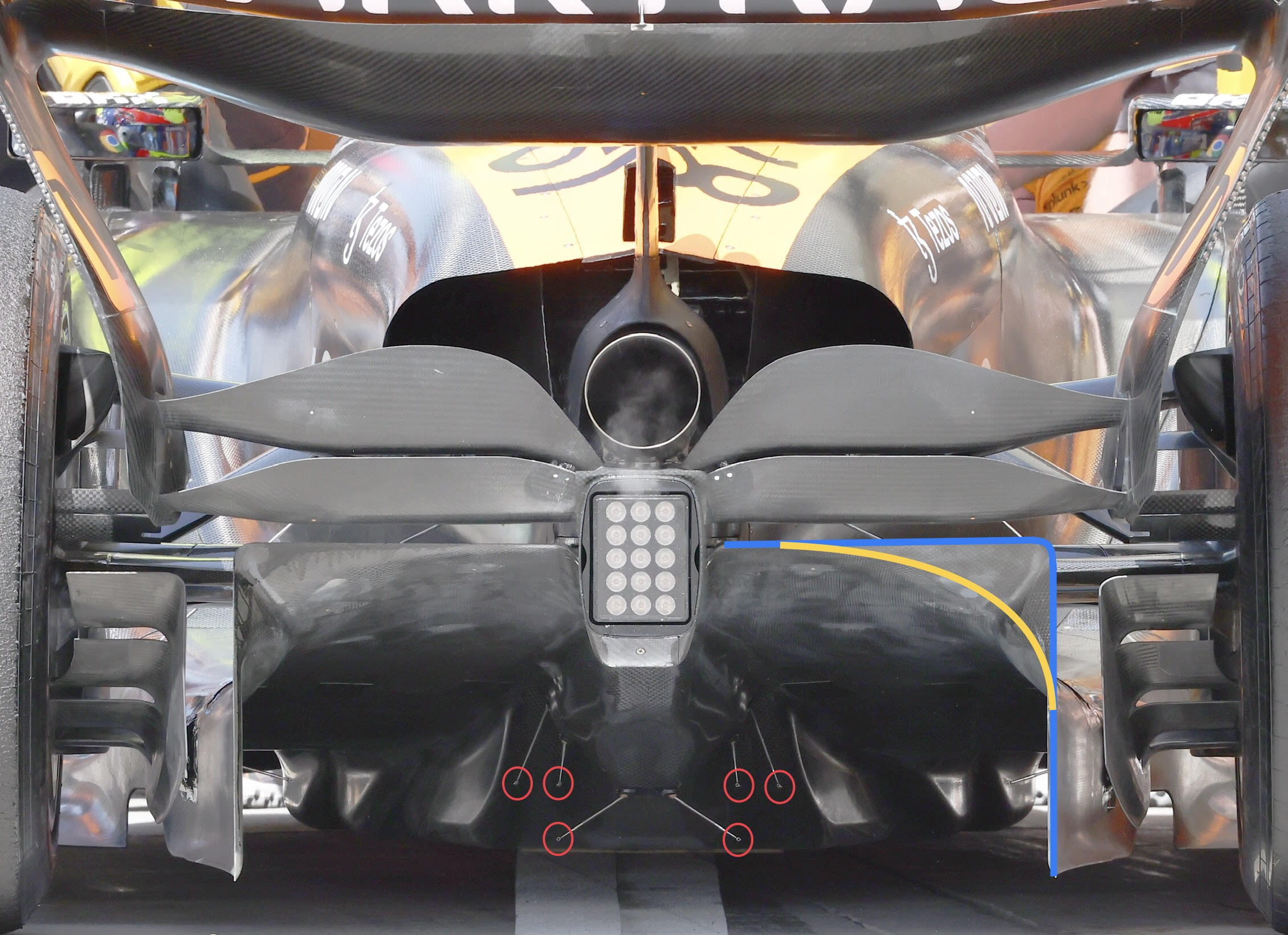
This picture of the McLaren shows the extent that the teams go to in understanding the performance of the diffuser. The red circles show very small flow and pressure sensors mounted away from the diffuser surface.
The blue highlight on the trailing edge of the diffuser together with the yellow highlight line shows a different specification to the upper corner of the diffuser above. Personally I’m a fan of the larger radius version.
The yellow highlight line shows what the cost cap has done to the big spending teams. In the past, they would have simply made a new floor assembly and the only question would have been how many. Now you can see this has been a cut-and-shut research component on or around that yellow highlight line.
Compiling this sort of data has led Red Bull to the specification that it ran in Saudi, you can see that it has gone even further with its aggressive beam wing design. Now, it looks like it is only a single component working solely as a flap on the trailing edge of the floor, so stalling it will actually be more beneficial to reducing drag.

The red highlight shows the Red Bull single-element beam wing, I’m also glad to see that after testing with a small cut and shut upper outer corner fillet radius which will increase the diffuser volume, it has gone back to the large corner fillet radius.
The following image depicts how the airflow changes with the DRS open.
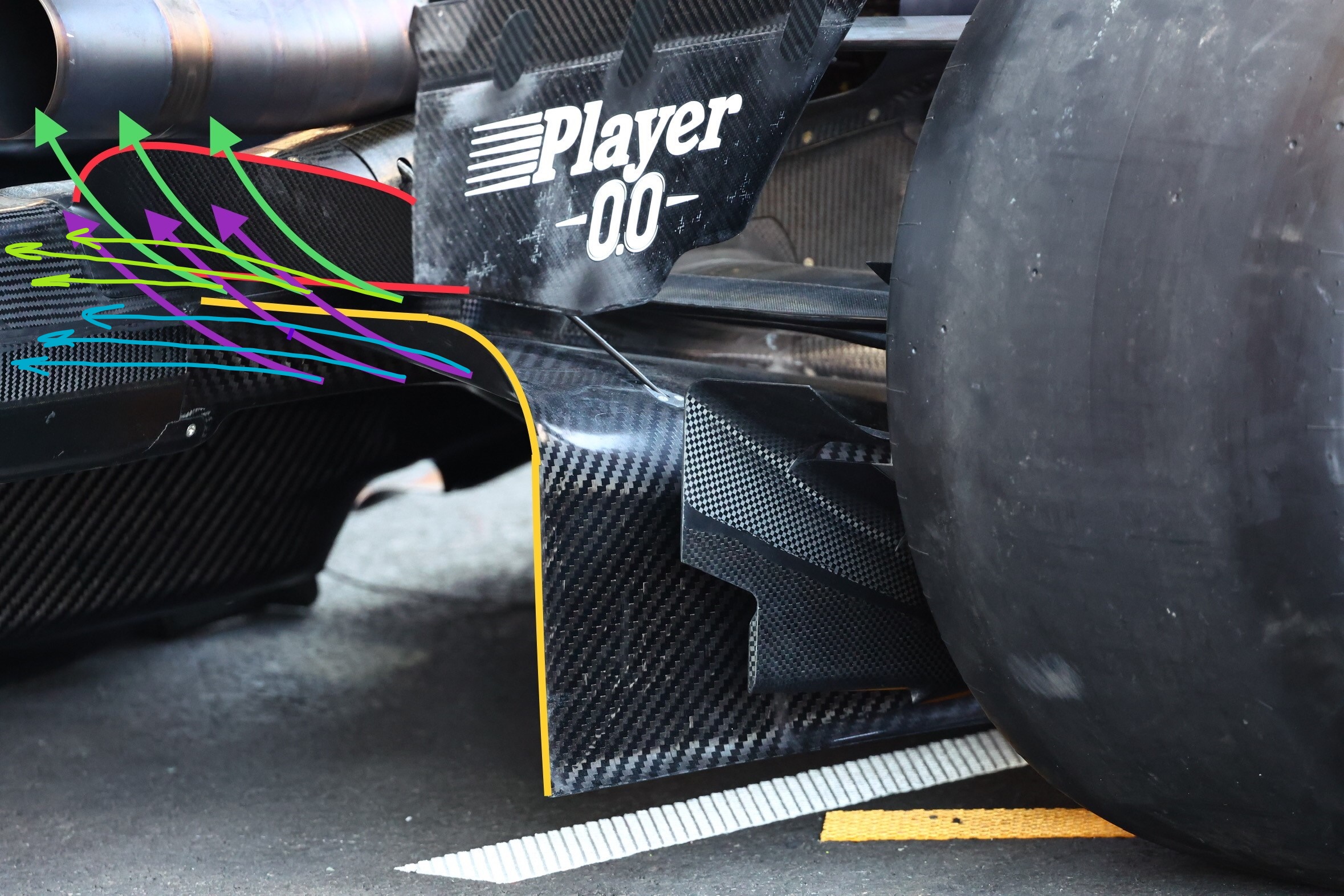
We can also compare the beam wings used in Saudi between these three teams.
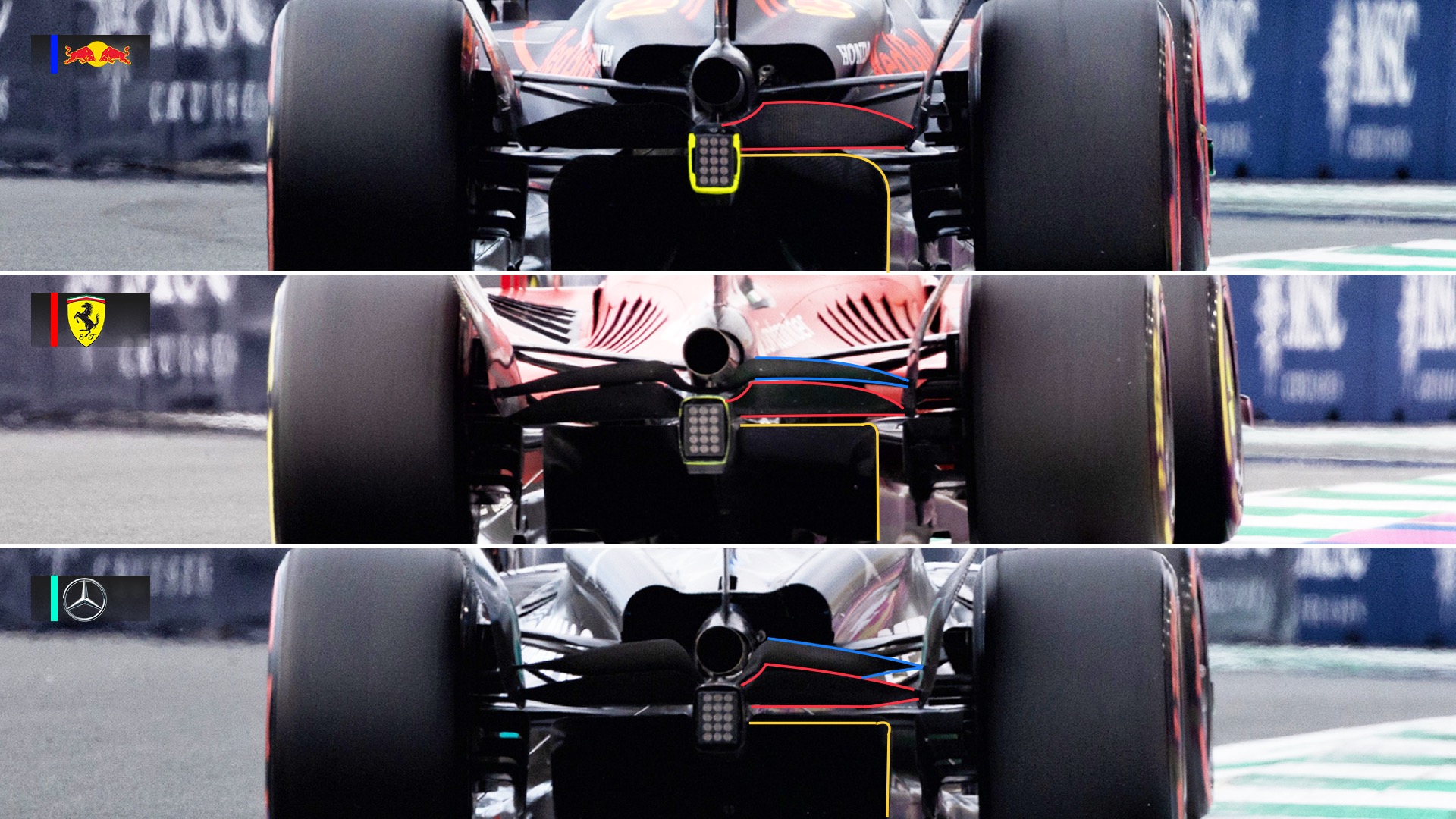
The Ferrari beam wing is still minuscule compared to the Red Bull or even the Mercedes.
The Mercedes beam wing is more in line with what Red Bull used to do, but because it always runs more upper rear wing downforce, which generates more drag when the DRS is closed, the actual mainplane will still create more downforce and drag even when the DRS is open.
That, combined with the two-element beam wing, means that it will be harder to get the complete rear end of the car working as one.
So you’ve got a situation where Red Bull has a drag-reduction effect for the whole back end of the car. We used to talk about ‘double DRS’, well you could call this ‘triple DRS’.
Others are really just focusing the drag reduction on the wing. But Red Bull has understood the regulations and bought into what is possible. To do that, you need that depth of understanding that Adrian Newey and the technical team at Milton Keynes have to make it work for you. That’s to Red Bull’s credit and if rivals are complaining, they should look at running a more aggressive beam wing that works with the floor. If they did that, they might just get a bit more downforce out of the car when the DRS is closed and gain more of a speed advantage when it is opened.
I don’t see any evidence that Mercedes is in a position to do that because it doesn’t have a good handle on what it is missing. Perhaps when the new concept that is supposedly producing big gains appears, it will exploit more of these finer details.
It’s very easy to focus on individual parts of an F1 car and think of them as modular. But it’s all about how it all works together. When it comes to trying to optimise the DRS, you have to start with the underfloor.
The principle of making ground effect venturi tunnels work is simple enough, but in F1 it’s all about maximising this. And that’s when it comes to all the details, the vanes, the winglets on the brake ducts, the floor edges, the underfloor configuration. This is what gives you the fine control. Effectively, all of this is what makes up the performance of the underfloor and the diffuser at the back of the car. The beam wing is an important piece in this jig-saw.

Downforce is generated at the square of the speed, so whatever downforce and drag you have at say 165km/h theoretically, you have four times that downforce and drag at 330km/h. If you simply let that happen, you then have to be able to support that incredible aerodynamic load mechanically, leading you in the direction of having a very stiff car.
By having a floor edge sealing system that allows the overall downforce to still increase but not at the square of the speed, it will allow you to run a softer suspension set-up and reduce the potential of getting into porpoising or bouncing problems.
That’s the ‘dimmer switch’ effect I often talk about whereby you just lean it off that little bit and have that control. Red Bull is good at managing this downforce increase, it never goes to a negative it simply reduces the rate that it builds up. Think of it as always increasing, but at a reduced rate.
Again, the beam wing will be part of that. That’s why Red Bull runs a very aggressive beam wing, which in itself is quite draggy. This is the case with any beam wing but it also allows you to run a little less upper rear wing which is also quite draggy so the two more or less cancel each other out as far as drag is concerned but the beam wing is critical to the performance of the underfloor and diffuser.
If you were just to have a standalone rear wing, and open the DRS, you would gain maybe 15km/h, that plus the tow from the car in front because in the race you’re always behind a car when you can use the DRS gives you that little bit extra, say 20km/h. Then when the beam wing and diffuser airflow falls over it not only reduces downforce but also reduces drag you get that next step in speed up to Red Bulls 33-34km/h, That’s why it’s all about the complete back end of the car.
Red Bull is the only team that really got on top of that. Even Aston Martin doesn’t do that, it doesn’t gain that sort of speed and, if anything, is a car that struggles on the straights because of its drag level.
Nothing in these cars works in isolation, it’s the whole package. We keep talking about the visual concept of the Mercedes compared to Red Bull and Ferrari, which are what you could call the three different concepts.
You can only look at them in isolation, but the airflow going over the sidepod external surface and into and through the radiator ducts affects the underfloor performance dramatically, there’s no one magic bullet, you have to get everything working together.
That’s why Red Bull gets this extra reward with the DRS. It’s not because of any single magic bullet or workaround, it’s just about having a car that’s very well ‘connected up’ aerodynamically.


